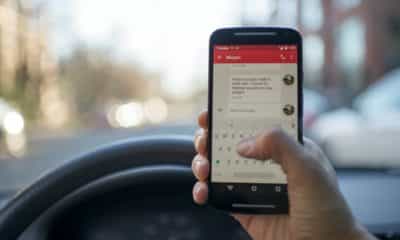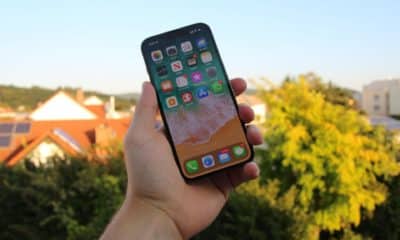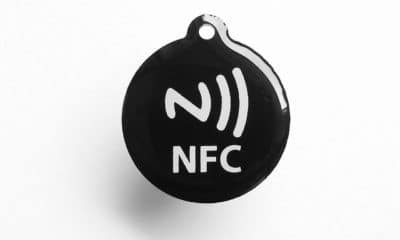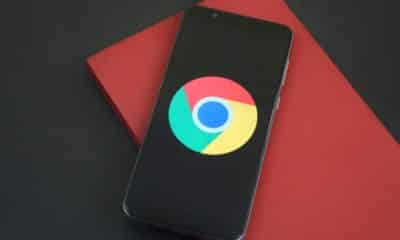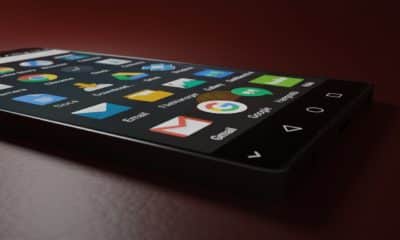Tech
NFC on Android Devices: How It Can Enhance Your Mobile Experience
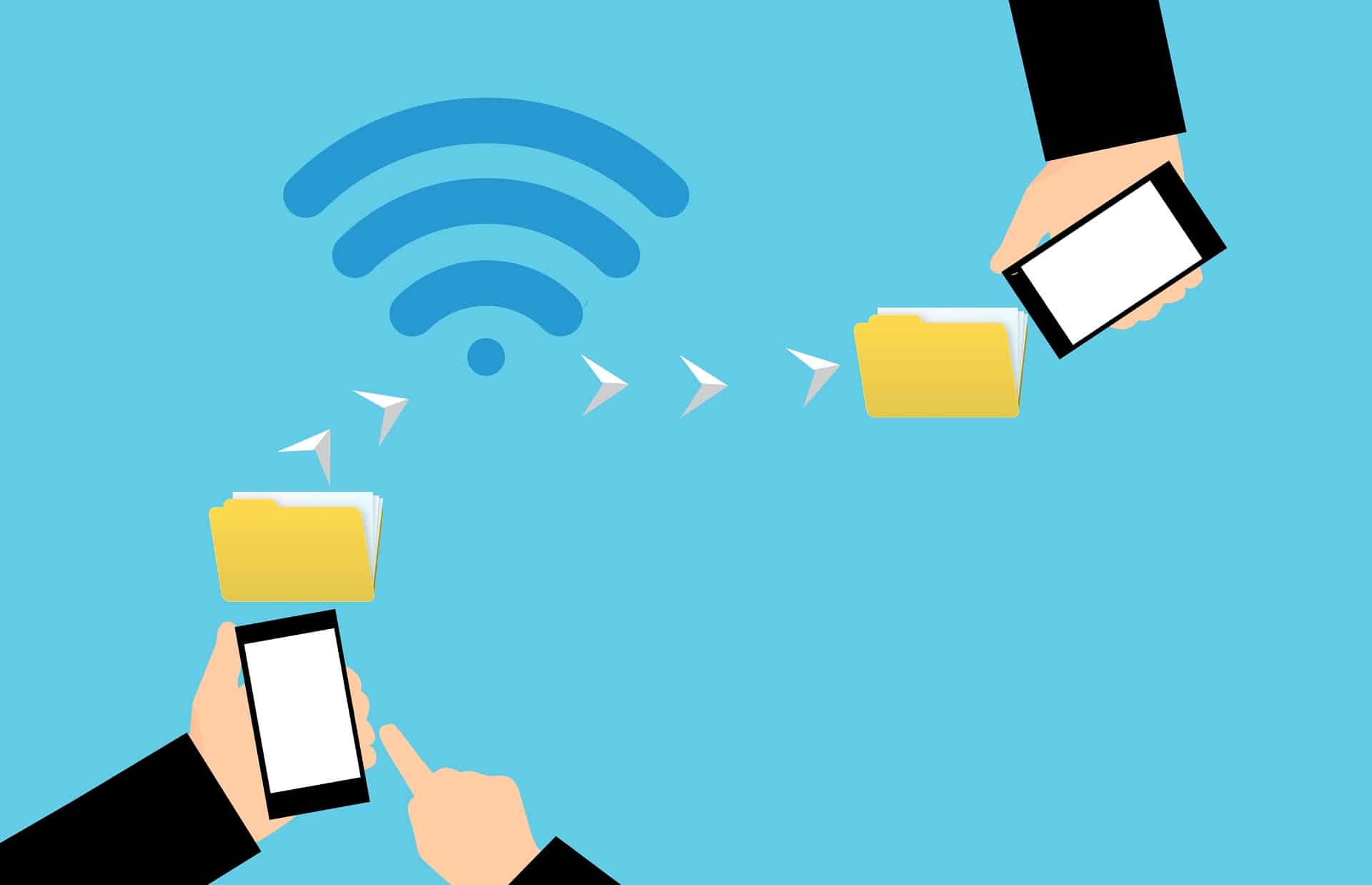
NFC stands for Near Field Communication and is a close-range wireless connection. It’s primarily used in mobile phone payments and allows consumers to quickly make purchases with their smart devices. In addition, NFC technology offers a layer of security not found with traditional EFT or credit card transactions. In this article, we will look at some of the use cases for NFC and how it can enhance your mobile experience.
What is NFC?
Near Field Communication (NFC) is a technology that enables the exchange of data over short distances. NFC technology is a subset of RFID (Radio-frequency identification) systems, often used to track inventory or assets. NFC tags are passive and do not need an external power source to operate. As a result, they can be read by an NFC-enabled device at a distance of up to 10 centimeters or 4 inches, unlike Bluetooth devices that range up to 100 meters or 328 feet. The first thing you should know about NFC is that it’s not just one technology but a collection of different technologies with similar properties and uses.
Difference between Active and Passive NFC connectivity
Active NFC connectivity: the two connected devices generate an electromagnetic field with their energy sources to exchange information.
Passive NFC connectivity: only one of the two devices has a power source, generating its electromagnetic field, which the other device takes advantage of to exchange information.
The Best NFC options on Android
- Mobile payments have changed the game in many ways, especially with NFC technology. Google Pay and other mobile payment methods have made it incredibly easy to purchase items using just our phones. This is a great way to keep the credit card on hand and always be prepared for unanticipated expenses. In addition, many stores and businesses today have this type because it is becoming increasingly popular.
- Excellent features such as fast pairing with Bluetooth devices automatically detects and saves connections to our favorite partner. A process that saves us time and makes it very easy to use any of these Bluetooth devices.
- Sending files between phones is easy, thanks to NFC. All you have to do is turn on NFC, load the file you want to share, then place your phone close to another phone and choose “send” or “receive” – it’s as easy as that!
How to Use Your NFC Enabled Device in Everyday Life?
NFC technology is present in a lot of other places apart from smartphones. For example, this technology allows us to use public transport with a transport card. This is an excellent example of passive NFC since these cards do not have a power supply and rely on the magnetic field. While NFC is not as quick as RFID, it is not intended for large data transmissions. Instead, it can be used to conveniently and securely transfer smaller amounts of data while identifying people and objects or initiating payments.
NFC chips are a new technology incorporated into many of today’s smartphones. They allow users to tap their phone to a compatible point of sale terminal and complete a purchase without needing an additional card or device. Instead, the user taps their phone on the terminal, waits for approval from the bank, and then completes their purchase. NFC chips are not only used for making purchases but can also be used in other ways, such as unlocking doors or sharing contact information with someone nearby.
-

 Gadgets6 months ago
Gadgets6 months agoCan Dogs Use VR Headsets?
-

 Tech6 months ago
Tech6 months agoWhat Does “Voicemail Pending” Mean?
-

 Phones5 months ago
Phones5 months agoHow Do I Know if My Phone Supports AR?
-

 Tech5 months ago
Tech5 months agoDoes Astigmatism Affect Your VR Experience?
-

 Business5 months ago
Business5 months agoHow Do You Make an AR Without Coding?
-
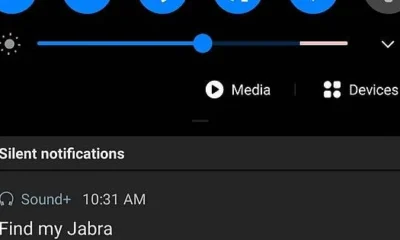
 Phones5 months ago
Phones5 months agoWhat To Do About That Weird Notification Sound on Android?
-
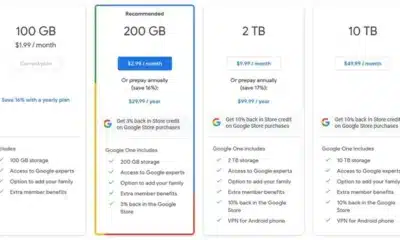
 Tech5 months ago
Tech5 months agoHow Can I Get Google Drive 1TB for Free?
-
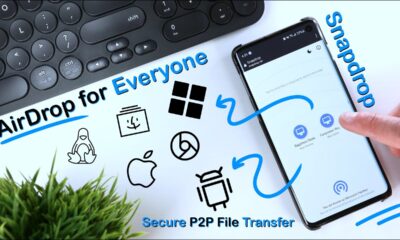
 Phones4 months ago
Phones4 months agoHow Does SnapDrop Work? – Instant File Sharing Made Easy

